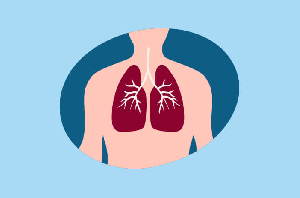
Abstract
Rationale
Prolonged exposure to fine particulate matter (PM2.5) may aggravate asthma, impair lung development, and increase airway inflammation.
Objective
This study investigated the impact of long-term PM2.5 exposure on respiratory health, lung function growth, and fractional exhaled nitric oxide (FENO) in a large longitudinal cohort of school children.
Methods
A total of 6120 elementary school children residing in townships near coal-fired power plants in Taiwan were prospectively enrolled from 2016 to 2018. Baseline and follow-up data on asthmatic symptoms, spirometry, FENO, and environmental factors were collected. Annual PM2.5 exposure was estimated using land-use regression models based on school and home addresses, and associations were adjusted for SO2 and NO2.
Results
The final analysis included 5364 children and revealed that a 1??g·m?3 increase in annual PM2.5 exposure was associated with higher odds of current wheezing (OR=1.07), “ever” wheeze (OR=1.03), diagnosed asthma (OR=1.03), and exercise-induced wheeze (OR=1.04) (p<0.05). Each unit increase in PM2.5 exposure was associated with a decrease of 7?mLin FEV1, 5?mLin FVC, and a 0.479 ppb rise in FENO after adjusting for potential confounders (p<0.05). Among 207 new-onset wheezing patients, increased PM2.5 exposure significantly decreased FEV1 by 13?mLand FVC by 15?ml, while increasing FENO levels by 0.847 ppb (p<0.05).
Conclusions
Long-term PM2.5 exposure significantly increases the risk of asthma symptoms, impedes lung growth, and triggers airway inflammation, particularly affecting children with new-onset wheezing in community settings.














